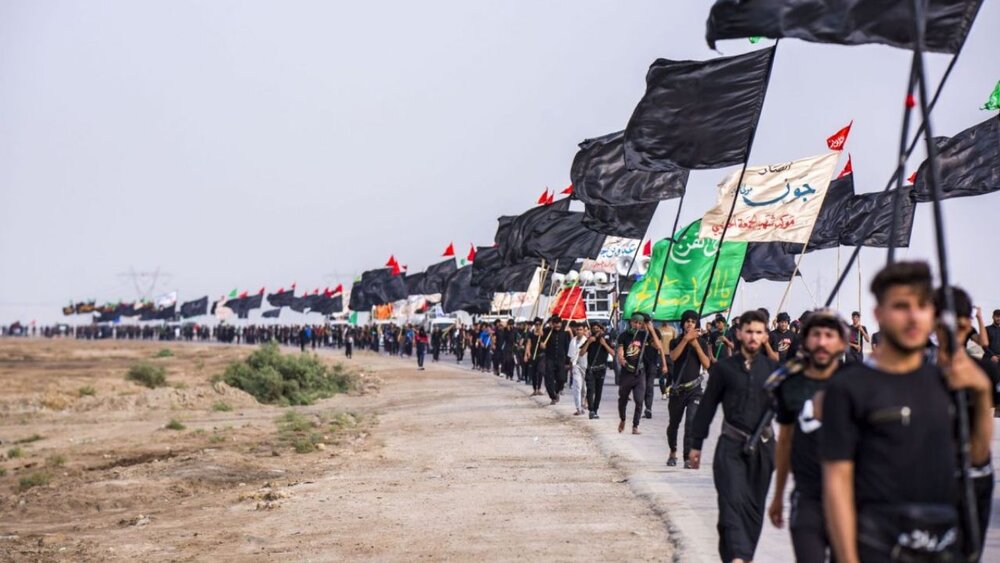Mass media outlets, including news agencies, radio, television, the Internet and mobile platforms, have undoubtedly become the primary source of information for the majority of, if not all, individuals in modern societies.
Thus, they can gain a weighty influence to shape a dominant culture, perception or belief in a society by pursuing hidden agenda, which is left implicit in their discourse.
Monitoring Western media, in particular the British and the U.S. ones, in the span of the past ten years, show that they have substantially paid little attention to the Arbaeen pilgrimage, which is regarded as the world’s largest annual public gathering on earth.
From a journalistic point of view, the pilgrimage bears adequate news values including impact, magnitude and bizarreness for coverage but we simply realize that the event is underrepresented or misrepresented.
In their portrayals, you cannot realize scenes of affection, fondness, brotherhood, and hospitality that Muslims have towards each other. In return, such outlets are continuously trying to label Islam as a religion that supports violence and terrorism and portray Muslims as extremists.
Each year millions of international pilgrims, including a record numbers of Iranians, come together in Iraq’s holy city of Karbala to commemorate Arbaeen, which marks an end to the 40-day mourning period following martyrdom of the Imam Hussein (AS) and his loyal companions at the Battle of Karbala on Muharram 10 in the year 61 AH (680 CE).
Pilgrims enter the holy cities of Najaf and Karbala up to two weeks before Arbaeen that this year falls on October 19. Many arrive in Karbala after trekking about 70 kilometers northward from the holy city of Najaf in a symbolic gesture honoring the third Shia Imam.
Pilgrims are warmly greeted by the generous hospitality of the Iraqi people, who provide them with food, beverages, transport and accommodation needed for the journey.
Many believe that the event has turned into a symbol of unity between the Iraqi and Iranian nations, who both profoundly respect Imam Hussein (AS) and his moral values.
Reverting to the news coverage, it is worthy to mention that some Western media usually represent the event skillfully mixed with scenes of violence or so to cultivate prejudice, irrationality and distorted images of Islam and Muslims in the minds of addressees.
That is because mass media have potential to manipulate portrayal of any image or occurrence in order to inscribe the meaning they want in the minds of audiences. Many media experts believe that there is no finally-fixed meaning of a happening in the world and interpretation of a meaning changes from person to person, and is entirely dependent on people’s historical and cultural framework.
On one hand, mass media are granted freedom to perform. On the other, they have social responsibility towards their audiences. Western people have absolute right to gain authentic information, news and images on such a peaceful and major religious gathering.


No comments:
Post a Comment